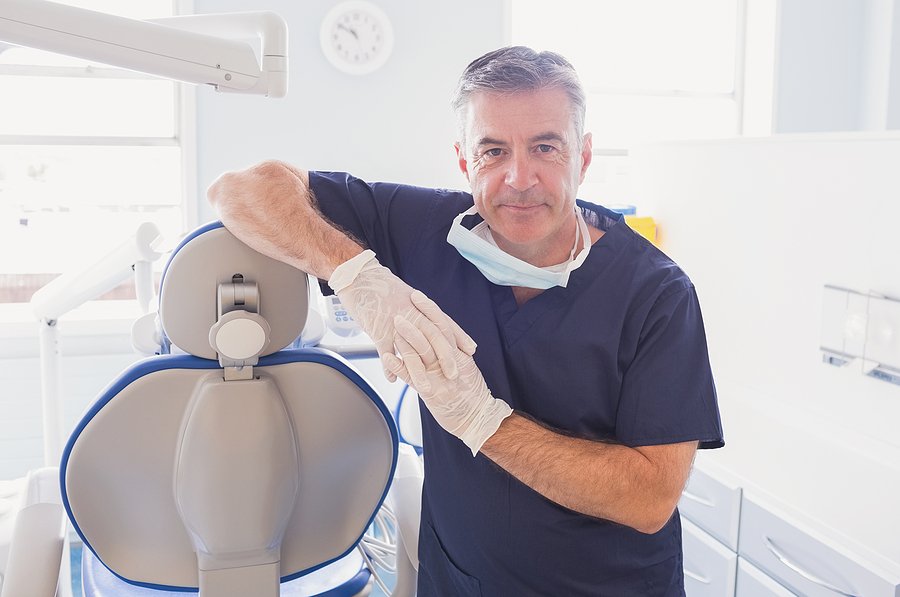
The operatory chair: quite possibly the best part about visiting the dentist. The custom comfort, with such comprehensive controls even the most stoic adult is tempted to toy with its features before the dentist strolls in.
But it wasn’t always like this. There were times when a dental patient didn’t have such a cozy seat. In fact, a few hundred years ago, people used to see the dentist sitting on the floor, with the head firmly pinned between the dentist’s knees, ready for an extraction.
Thankfully, as the profession of dentistry evolved from a cadre of “tooth pullers” & barbers, so too did the sitting arrangements.
The French Connection
Known as the father of modern dentistry, it was Pierre Fauchard who is credited for normalizing putting patients in a seat, along with a host of other accomplishments. Fauchard earned his nickname first as a naval surgeon (scurvy at the time led to a prodigious loss of teeth amongst sailors), then in private practice.
It was Fauchard, who, having a comfortable place to sit, realized sugar is bad for teeth, that fillings could be feasibly made from gold or lead (can’t get them all right) & that regular brushing is the best way to maintain dental health.
It would be some time before the dental chair became so uniform, however. Many dentists would invent their own variations through the mid-19th century & add their own rockers & articulations.
Scaling & Taking Root
Over in America, dentist Samuel Stockton White would abandon practicing to pursue the manufacture of his latest take on the dental patient’s chair. He is credited with bringing the chair to a larger scale of production, eventually selling the chairs worldwide. His company—SS White Dental—still exists.
Chairs of this time were characterized by their increased use of metal & their focus on helping the doctor easily access the patient’s mouth.
The Chair of Tomorrow
Fast forward 100 years to 1958, & we come to the modern dental chair, built by John Naughton of Iowa. This chair, which allowed for the dentist & assistant to also sit while working due to the patient’s reclined state, became widely used. Back pain & circulatory problems were common for dentists of the time, who still often stood in awkward positions to work.
“53.8 per cent of the dentists who died—died of circulatory disturbances. One of every two dentists suffered from leg & back ailments,” according to a story in the Palimpsest, a historical magazine in Iowa.
A competitor, named the “Golden” after its California inventor, Dr. Sanford Golden, had great accolades given to it, such as the 1960 Industrial Design Institute’s Gold Medal Award & was featured two years later at the World’s Fair. But its lack of comfort for both the dentist & patient had its futuristic style fall out of fashion.
Now, there are several companies offering comfortable, ergonomic chairs, though the concept of comfort for both the dentist & patient remains at the forefront.
Sources:
https://dentalmuseum.pacific.edu/please-have-a-seat-the-evolution-of-the-dental-chair/
https://en.wikipedia.org/wiki/Pierre_Fauchard
https://findingaids.hagley.org/repositories/3/resources/1885
https://pubs.lib.uiowa.edu/palimpsest/article/id/23126/download/pdf/
